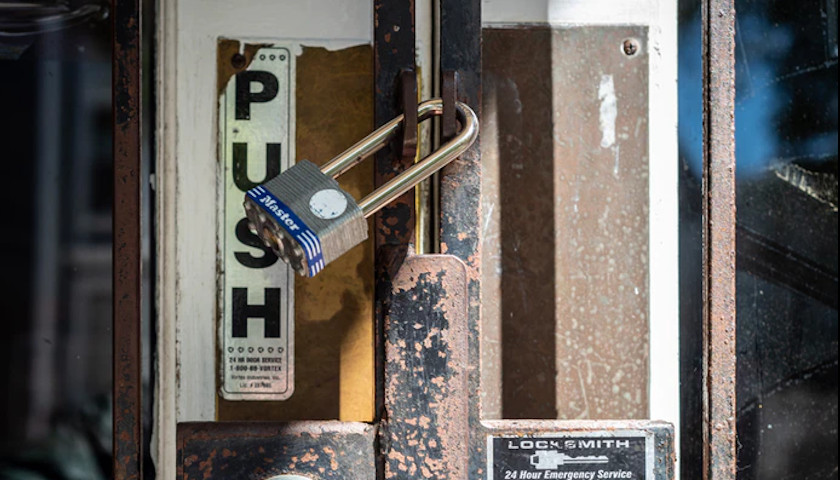Gov. Tim Walz has issued a statewide shelter-in-place order for Minnesota to help slow the spread of the coronavirus.
The order took effect Friday at midnight and will remain in effect until 5:00 p.m. on April 10. As opposed to a complete lockdown, a shelter-in-place order still allows for many everyday activities and permits numerous industries to continuing working.
What is allowed under the shelter-in-place order?
Minnesotans can leave their homes to perform any of the following activities, provided they continue to follow social distancing guidelines:
- Relocation to ensure safety: Individuals whose homes or residences are unsafe are allowed and urged to leave their home and relocate to a safe alternative.
- Health and safety activities: Residents may seek emergency services, obtain medical services, supplies, and medications, visit a health care or dental professional or facility, bring a pet to the veterinarian, and donate blood.
- Outdoor activities: Residents can go outside to participate in outdoor activities such as walking, hiking, running, biking, driving for pleasure, hunting, and fishing, and can go to public parks that are still open.
- Obtain necessary supplies and services: Residents can leave their homes to buy food, beverages, and other grocery items, gasoline, supplies needed to work from home, and products needed to maintain the safety, sanitation, and essential operation of homes and residences, businesses, and personally owned vehicles. Individuals can also go to laundromats and dry cleaners.
- Essential travel: Residents can travel to complete an exempted activity or to return to a home or place of residence. Travel into and out of Minnesota is also permitted.
- Care of others: Individuals can leave their homes to care for a family member, friend, or pet in another household.
- Displacement: Individuals without a home are exempt from the restrictions of the order and can move between emergency shelters and encampments.
Who can go to work?
An estimated 78 percent of jobs in Minnesota are in “critical” industries that are allowed to continuing working during the shelter-in-place order, according to Department of Employment and Economic Development (DEED) Commissioner Steve Grove.
Industries and sectors that are exempt from the order include:
- Healthcare and public health
- Law enforcement, public safety, and first responders
- Food and agriculture
- Energy
- Water and wastewater
- Transportation
- Public works
- Communications and information technology
- Community-based government operations
- Critical manufacturing
- Hazardous materials
- Financial services
- Chemical
- Defense industrial base
- Tribal governments
- Minnesota judicial branch
- Minnesota executive branch
- Constitutional offices (attorney general, secretary of state, etc.)
- Minnesota legislative branch (only meeting on an on-call basis to pass emergency legislation)
- Federal employees
- National Guard
- Faith leaders and workers
- Education
- Construction and critical trades
- Child care providers
- Hotels, residential facilities and shelters
- Charitable organizations
- Legal services
- Notaries
- Critical labor union functions
- Laundry services
- Animal shelters and veterinarians
- Real estate transactions
- Essential supply stores
What’s still open?
- Grocery stores
- Convenience stores
- Liquor stores
- Hardware stores
- Pharmacies
- Gas stations
- Funeral homes
- Post offices
- Banks and credit unions
- Food shelves
- Delivery and take-out services
- Public transit
- Airports
What’s closed?
The following places of “public accommodation” are closed through May 1:
- Dine-in services at bars and restaurants
- Breweries, distilleries, wineries, and clubs
- Hookah bars, cigar bars, and vaping lounges
- Movie theaters, indoor and outdoor performance venues, and museums
- Gyms, fitness centers, indoor sports facilities, exercise studios, and spas
- Amusements parks, arcades, bingo halls, bowling alleys, indoor climbing facilities, skating rinks, and other similar recreational or entertainment facilities
- Country clubs, golf clubs, boating or yacht clubs, and sports or athletic clubs
- K-12 public schools have moved to distance learning and school buildings will be closed to students until May 4
What if I don’t comply?
A violation of the shelter-in-place order is a misdemeanor punishable by up to 90 days in jail or a $1000 fine. However, Gov. Walz said the goal is to educate people, not make arrests.
What’s the point?
“What our objective is now is to move the infection rate or slow it down and buy time,” Walz said during a press conference announcing the order. The governor noted that the order won’t necessarily reduce the infection rate, but will postpone the peak of the outbreak while the state prepares.
Walz said the main scenario the state wants to avoid is one in which intensive care units run out of beds before the pandemic reaches its peak. He said the order will provide the state with time to build out its hospital capacity, increase access to ventilators, increase testing, and address the shortage of personal protective equipment.
“This does not mean you don’t step out of your house,” he added.
The full executive order can be viewed here. Answers to frequently asked questions can be viewed here.
– – –
Anthony Gockowski is managing editor of The Minnesota Sun and The Ohio Star. Follow Anthony on Twitter. Email tips to [email protected]





